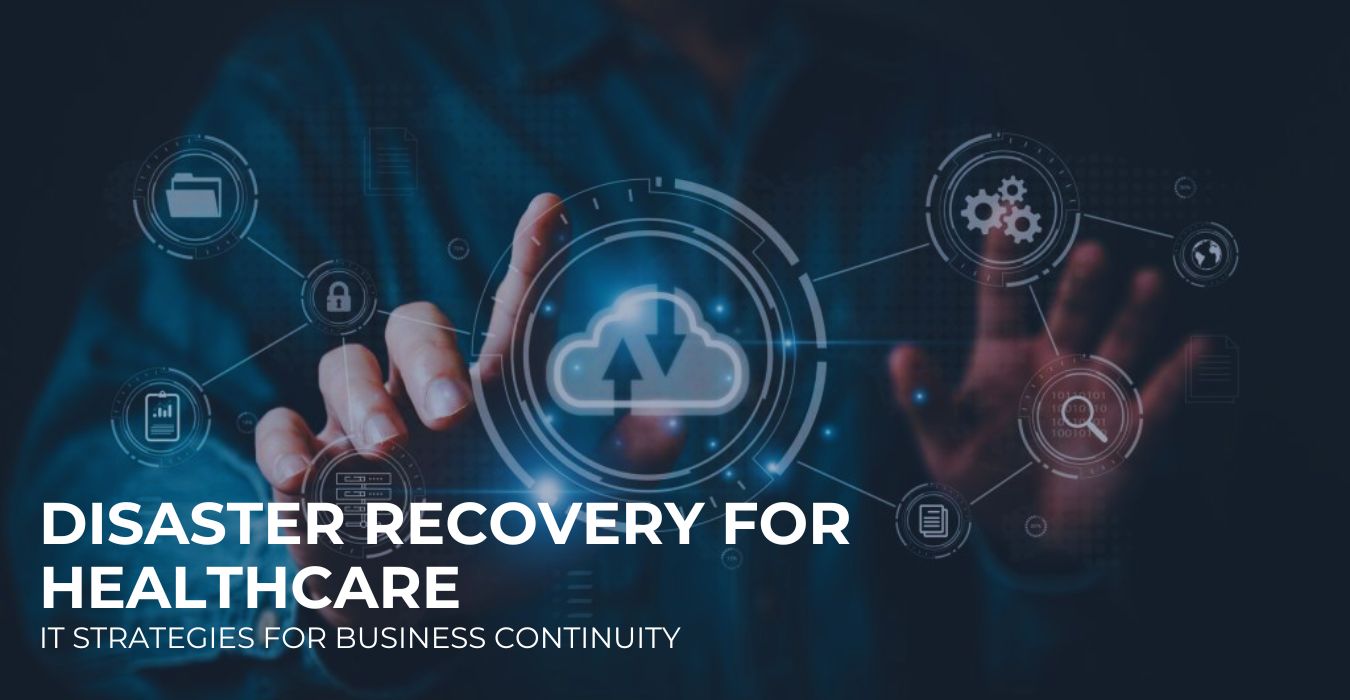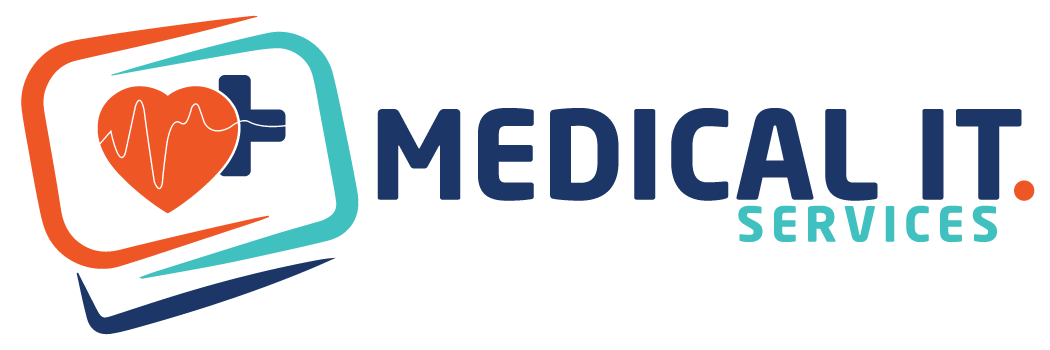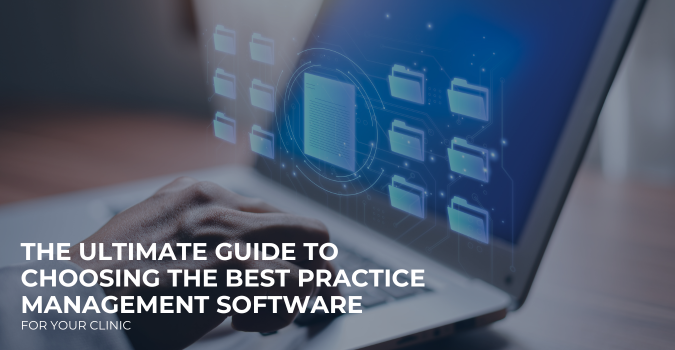In today’s digital healthcare environment, cybersecurity is not just an IT issue, it is a…

Disaster Recovery for Healthcare: IT Strategies for Business Continuity
In the dynamic world of healthcare, uninterrupted operations are essential to uphold patient care and safety. But unforeseen disasters, whether technical or caused by human error can disrupt services, impact data integrity and lead to compliance breaches. This is the reason a well-structured disaster recovery plan is crucial for protecting sensitive patient information and ensuring business continuity.
Understanding Disaster Recovery in Healthcare
Disaster recovery includes a range of strategies and technologies which are aimed at restoring IT systems and data after a disruption. In healthcare, where systems like Electronic Health Records (EHRs), telehealth platforms and patient management tools are crucial to daily operations, a disaster recovery plan ensures:
- Data Protection: Protecting sensitive patient information from loss or damage.
- Operational Continuity: Reducing downtime and maintaining the availability of essential services.
- Regulatory Compliance: Meeting legal requirements, such as the Australian Privacy Act to ensure secure data management.
Common Threats to Healthcare IT Systems
Healthcare organisations encounter a range of threats, including:
- Cyberattacks: These include ransomware and phishing schemes which target the healthcare sector.
- Technical Failures: Disruptions caused by hardware breakdowns or software malfunctions.
- Data Breaches: Unauthorised access to patient records which lead to the exposure of confidential information.
- Human Error: Include misconfigurations or unintentional data deletion.
Key Components of a Disaster Recovery Plan
To reduce these risks, it is recommended that healthcare organisations implement a tailored disaster recovery strategy. The key components include:
1. Risk Assessment
Assess potential risks and their effect on operations. Identify key systems and prioritise their recovery to ensure the continuity of essential services.
2. Data Backup and Recovery Solutions
- Regular Backups: Perform routine backups of patient records and other essential data.
- Offsite Storage: Use secure cloud-based platforms for storing backups.
- Data Encryption: Protect backups with encryption to ensure their security during both storage and transfer.
3. IT continuity framework
Failover Systems: Implement backup servers and networks that automatically activate during a system failure.
- Virtualization: Utilise virtual machines to replicate IT systems to ensure a quick recovery.
4. Incident Response Plan
Develop a detailed response plan outlining:
- Steps to contain and mitigate the disaster.
- Roles and responsibilities of key employees.
- Communication protocols for staff and patients.
5. Testing and Regular Updates
- Perform routine disaster recovery drills to identify weaknesses.
- Revise the disaster recovery plan regularly to align with evolving technology and business requirements.
Leveraging Managed IT Services for Disaster Recovery
Many healthcare organisations lack the expertise to implement and maintain a disaster recovery plan. The benefits of partnering with a managed IT service provider include:
- Expertise: Access to professionals who understand healthcare challenges.
- Cost Efficiency: Save on the expense of hiring and maintaining an internal IT team by outsourcing services.
- 24/7 Monitoring: Ensure systems are continuously monitored for potential threats.
The Cost of Inaction
Not having a disaster recovery plan in place can result in significant consequences for healthcare organisations, such as:
- Data Loss: Permanent loss of patient records can compromise care and lead to legal consequences.
- Reputation Damage: Extended downtime and data breaches can damage trust with patients.
- Financial Loss: The costs of recovery can be extensive and can put a strain on financial resources.
Conclusion
Disasters may be inevitable, but their impact doesn’t have to be catastrophic. By implementing a robust disaster recovery plan, healthcare organisations can enhance their resilience, safeguard sensitive data and maintain patient trust. Don’t wait for a crisis to strike, take proactive measures today to ensure your IT systems are protected and ready for any challenge.




